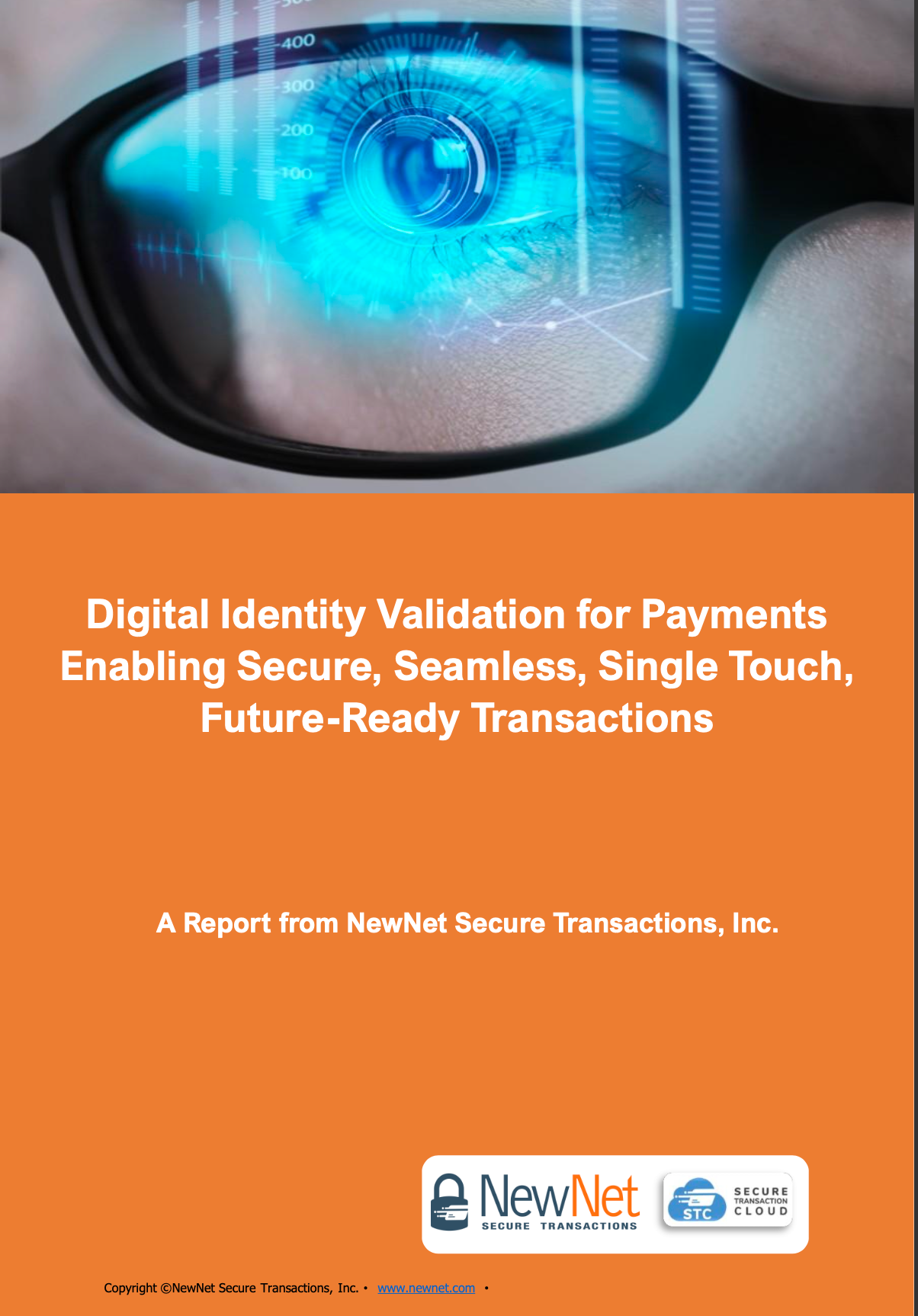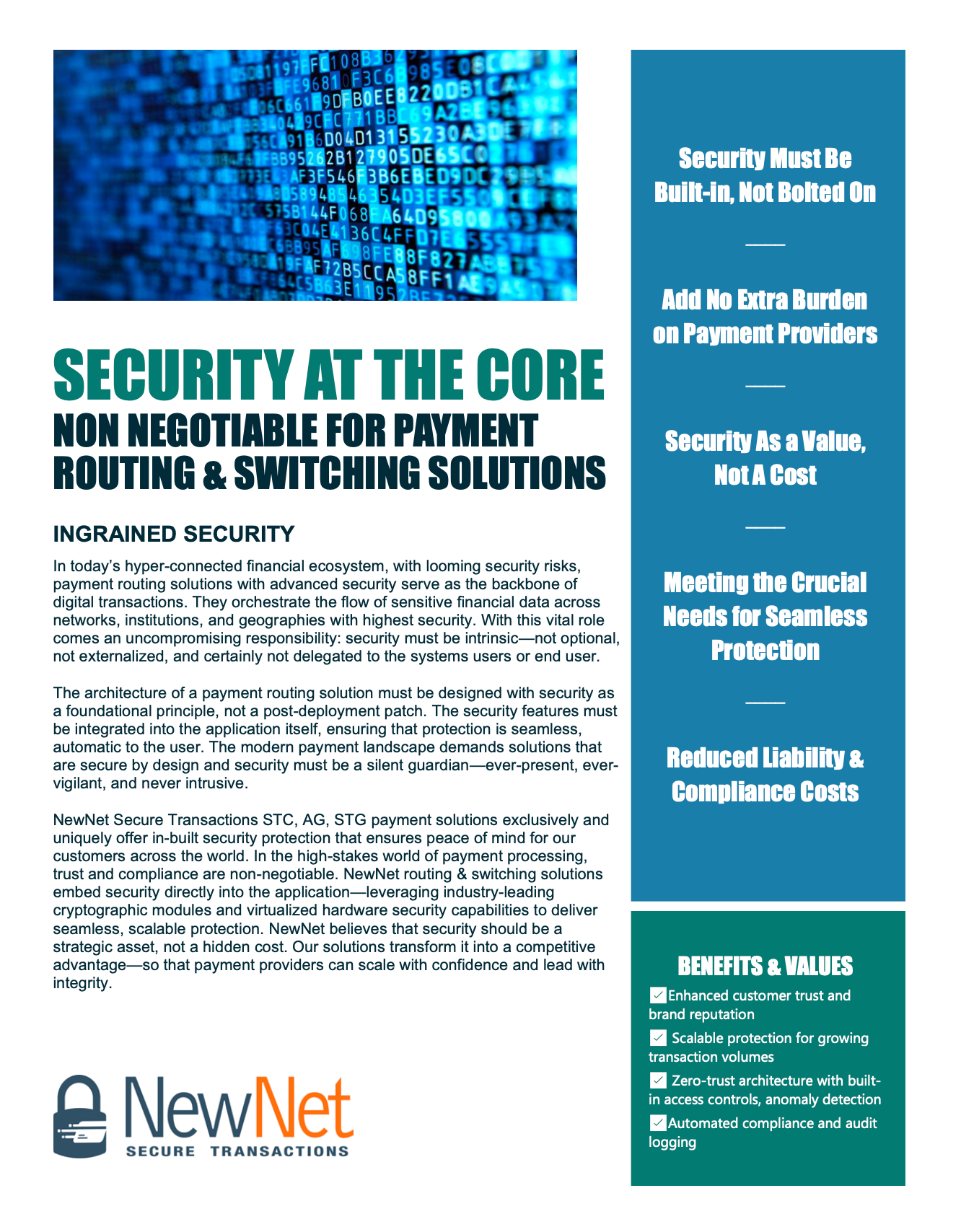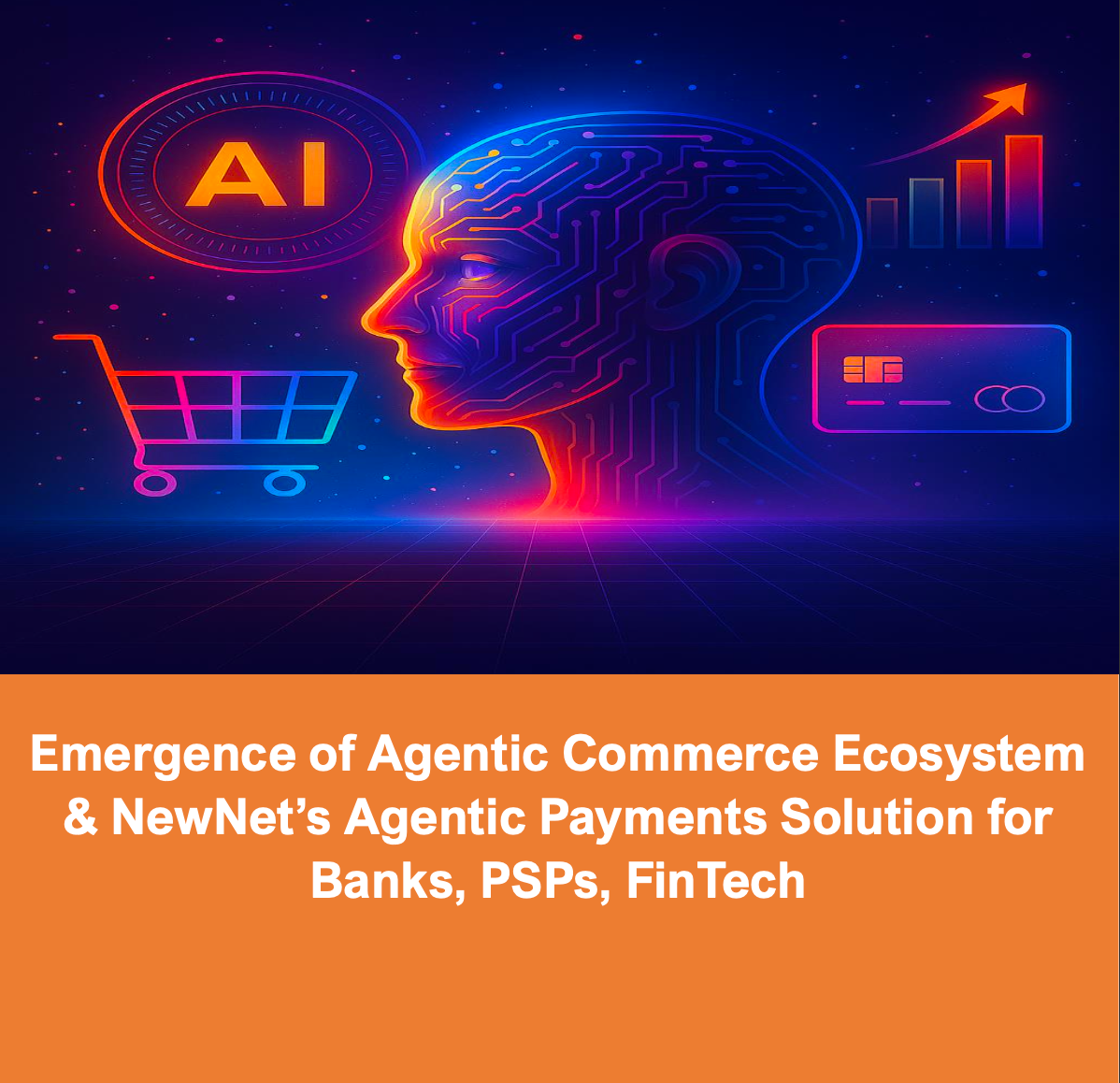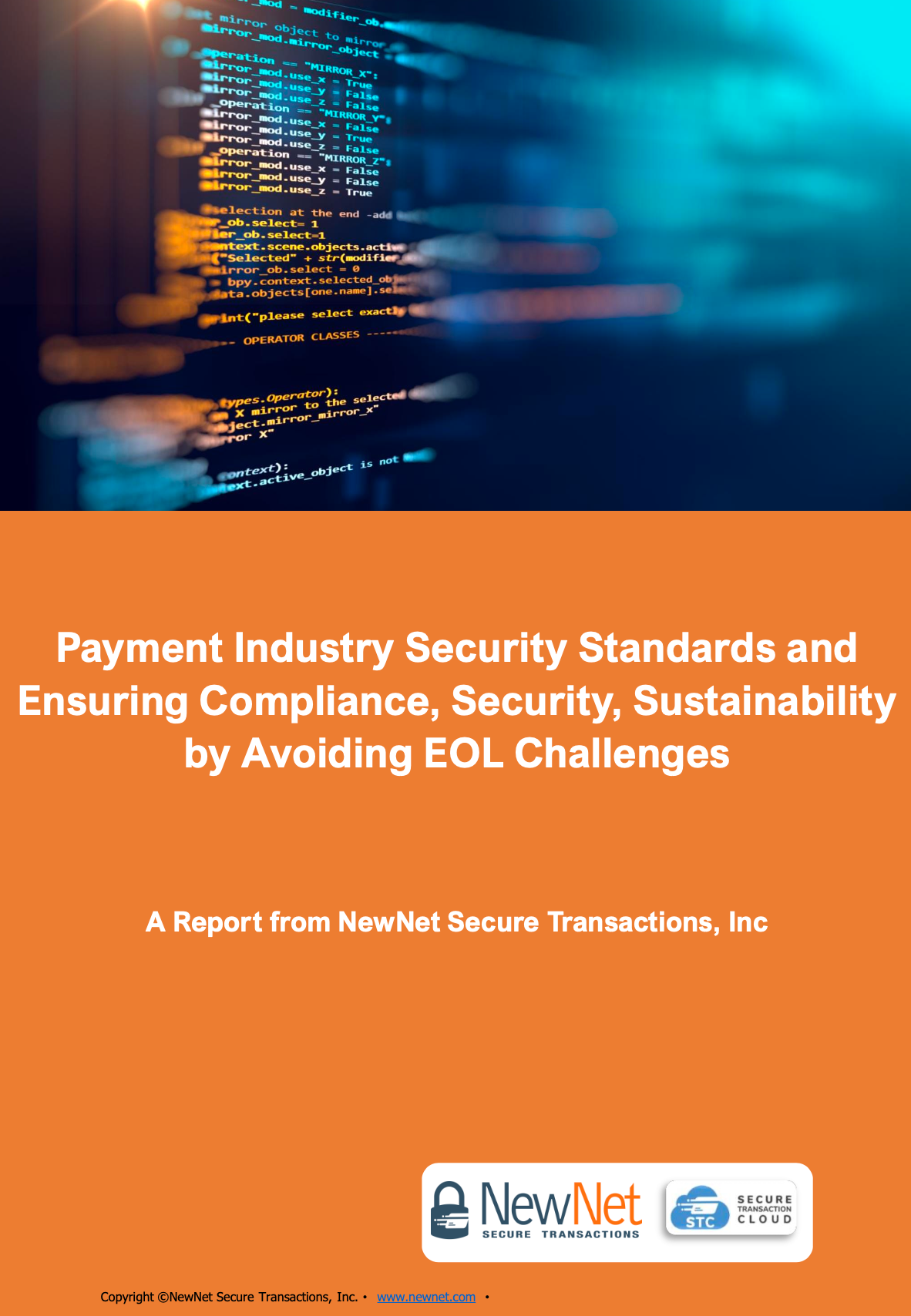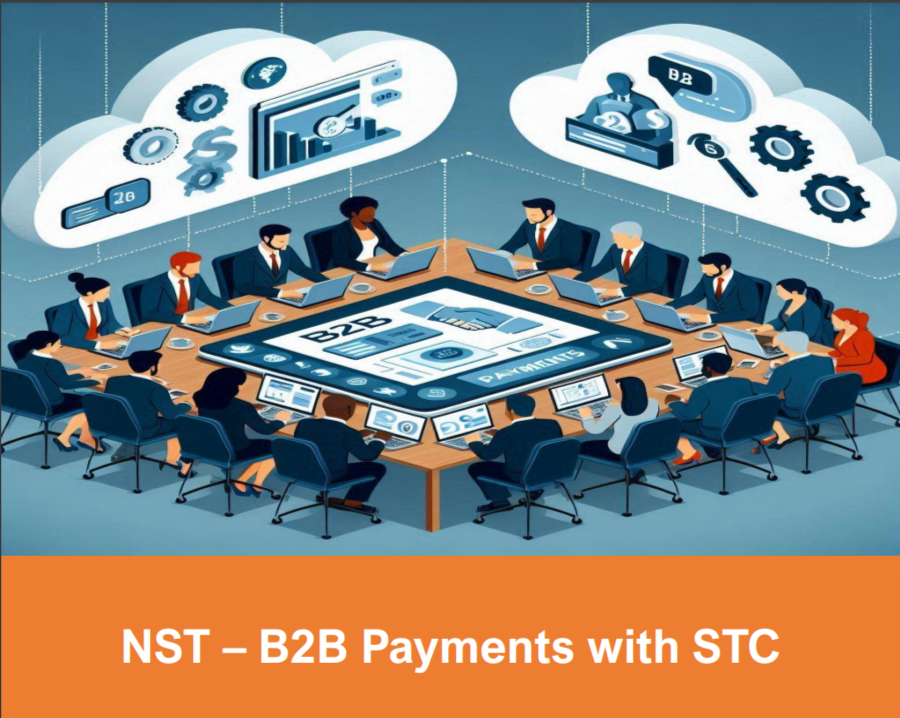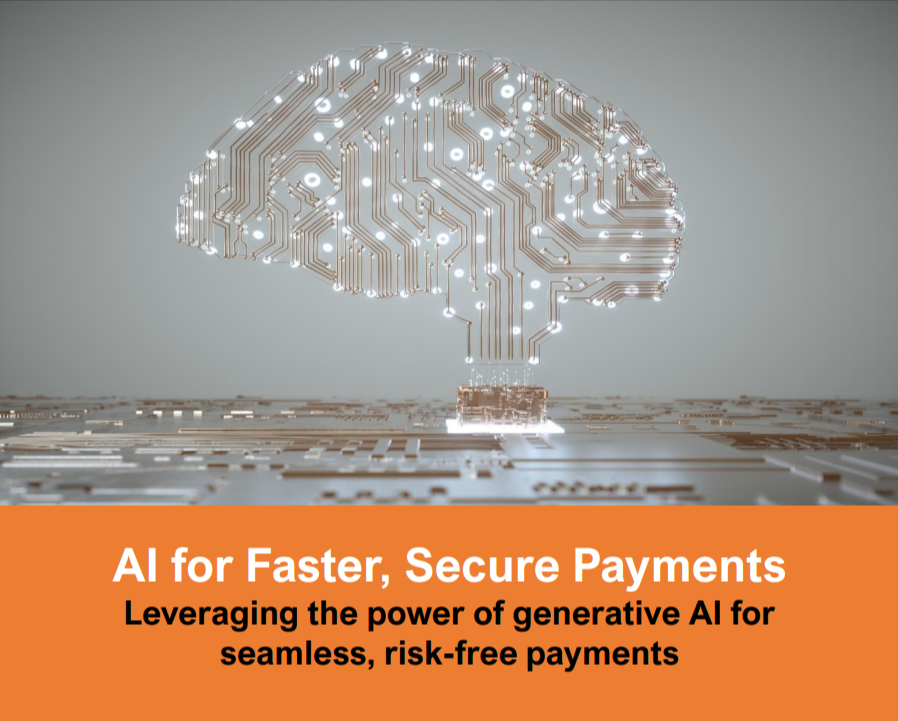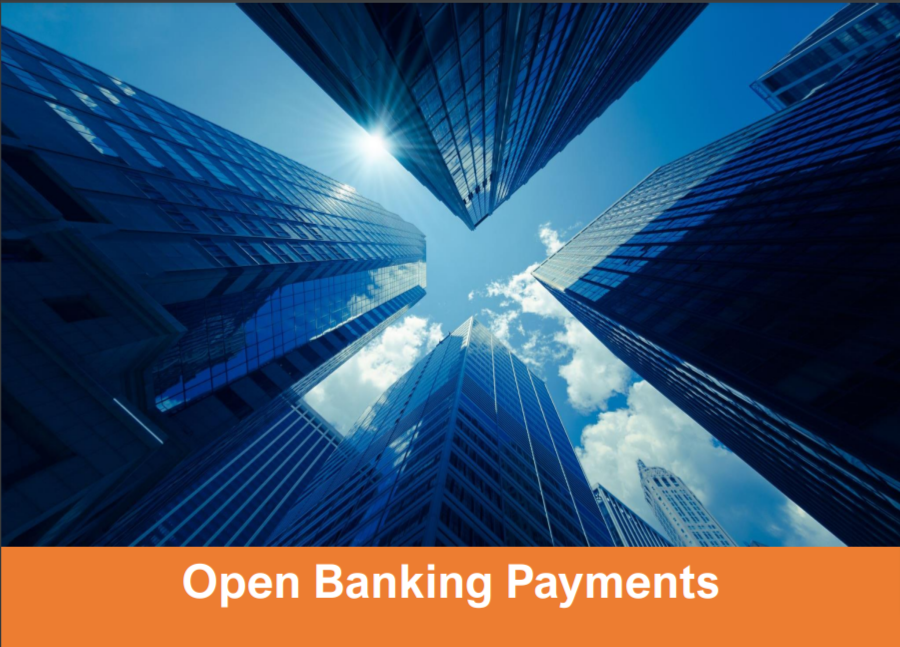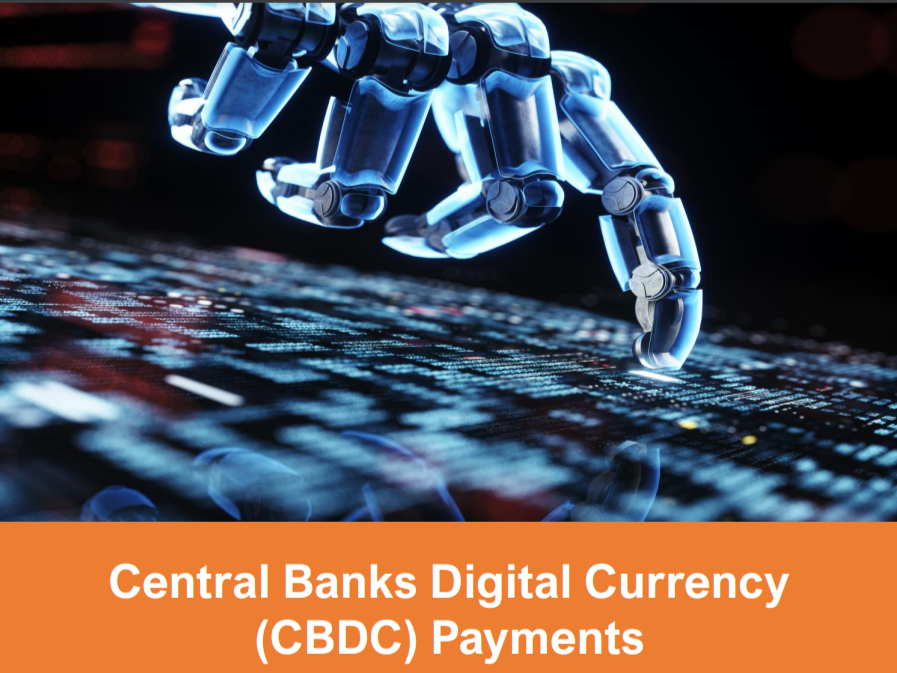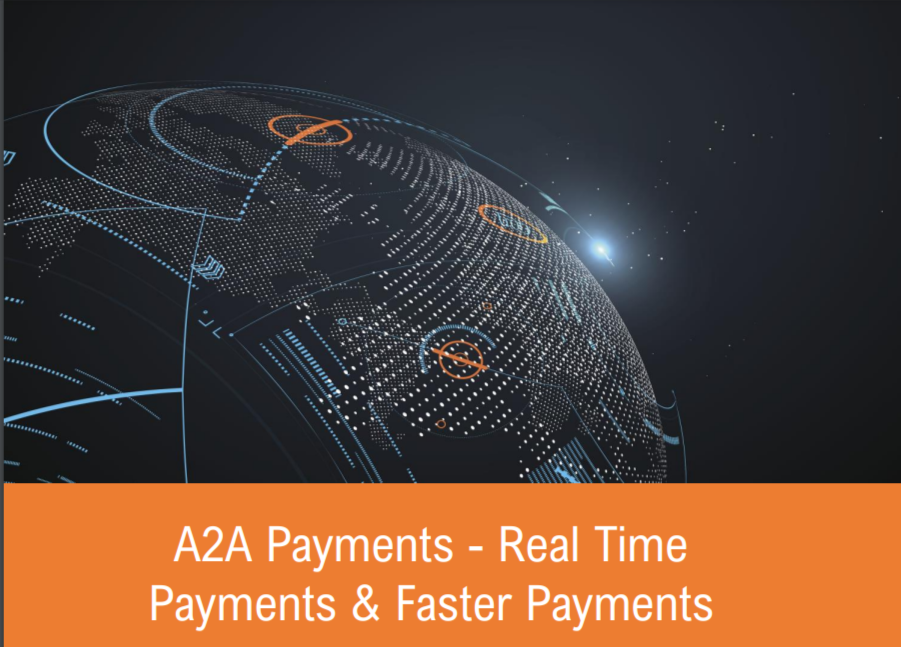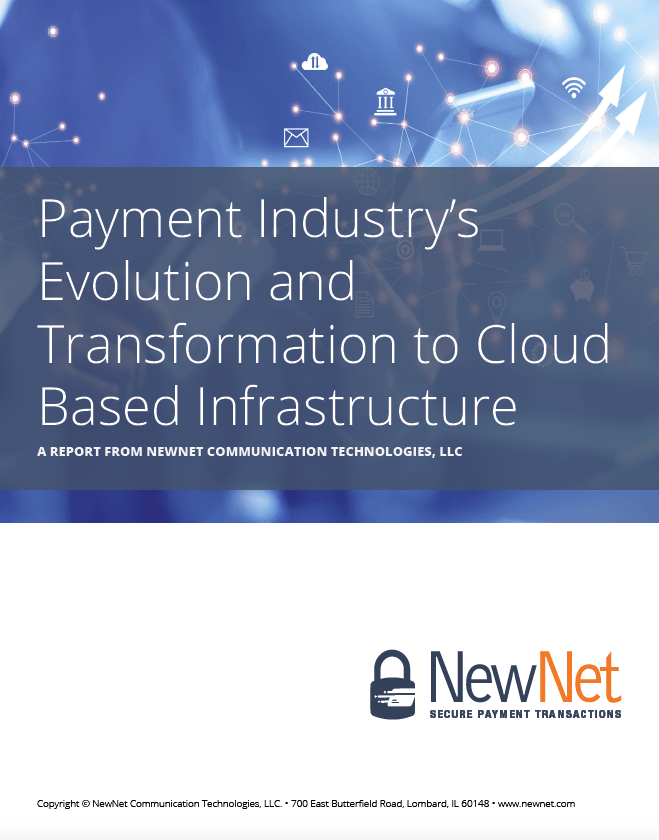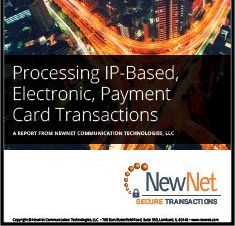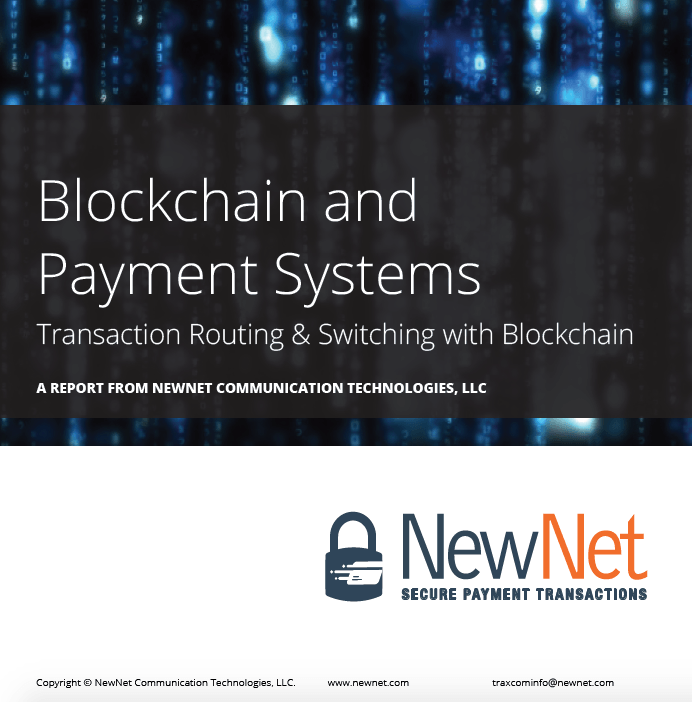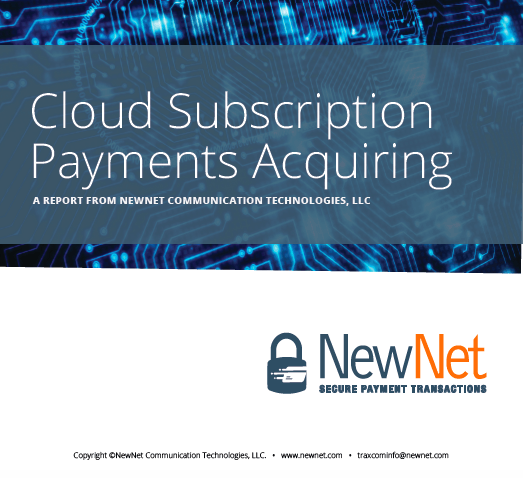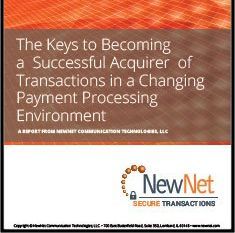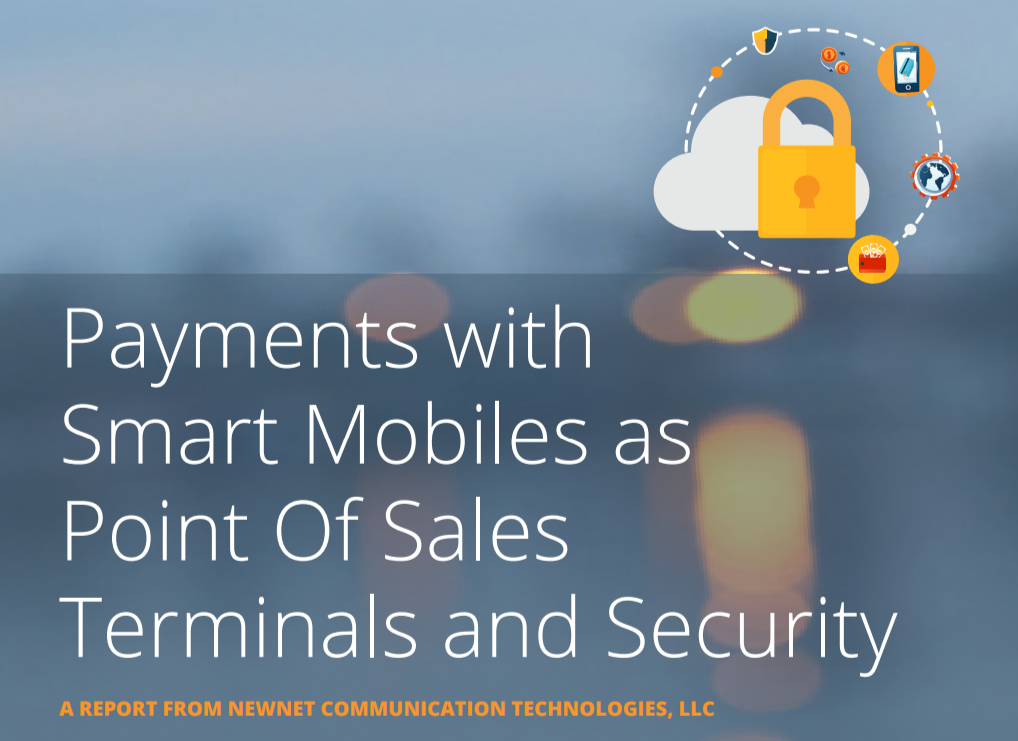White Papers
AI for Faster, Secure Payments
Generative AI has taken the world by storm and the exponents in this segment continue to remain bullish on the potential of the technology to benefit the humanity....
Open Banking - Payments
Open Banking presents the next major evolution associated with banking and financial services driven by the technology advancements in mobile...
Central Banks Digital Currency
Central Bank Digital Currency is the culmination of digitization in payments with not only the payment process being digitized, but also the basic payment...
A2A Payments - Real Time Payments & Faster
A2A/P2P/M2M(Account to Account/Person to Person/Mobile to Mobile) payments represent the mobile wallet or mobile application based direct Account..

